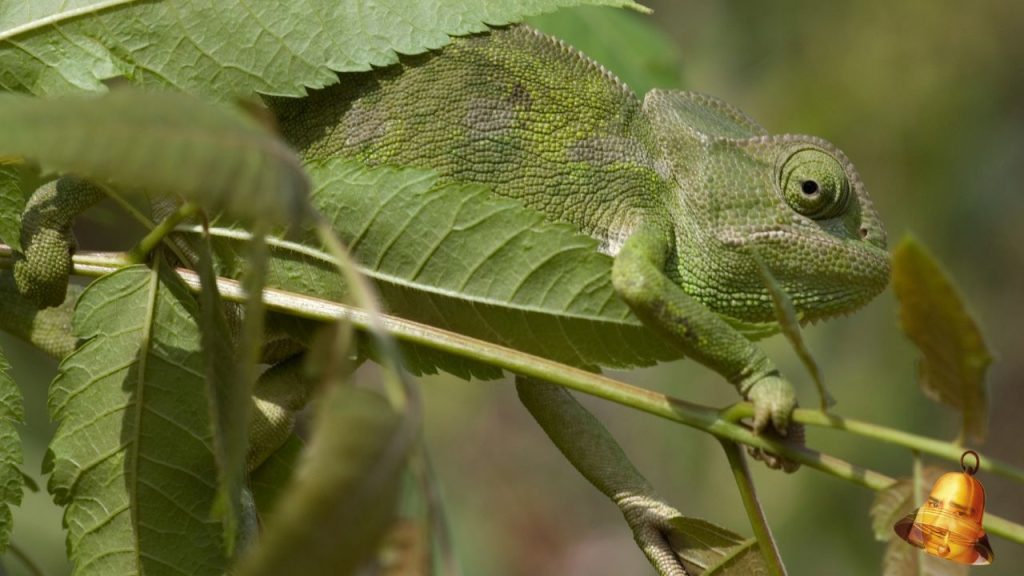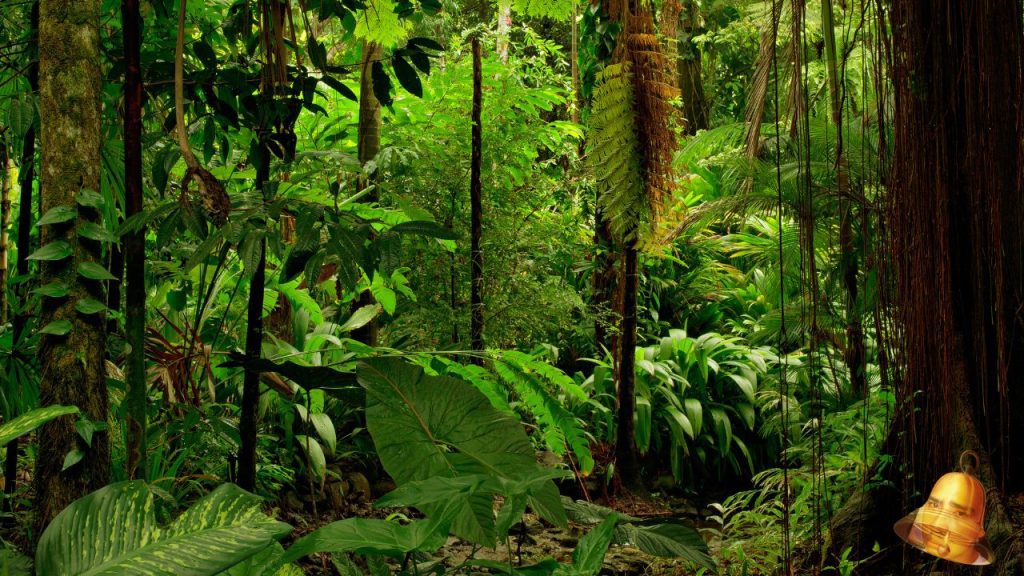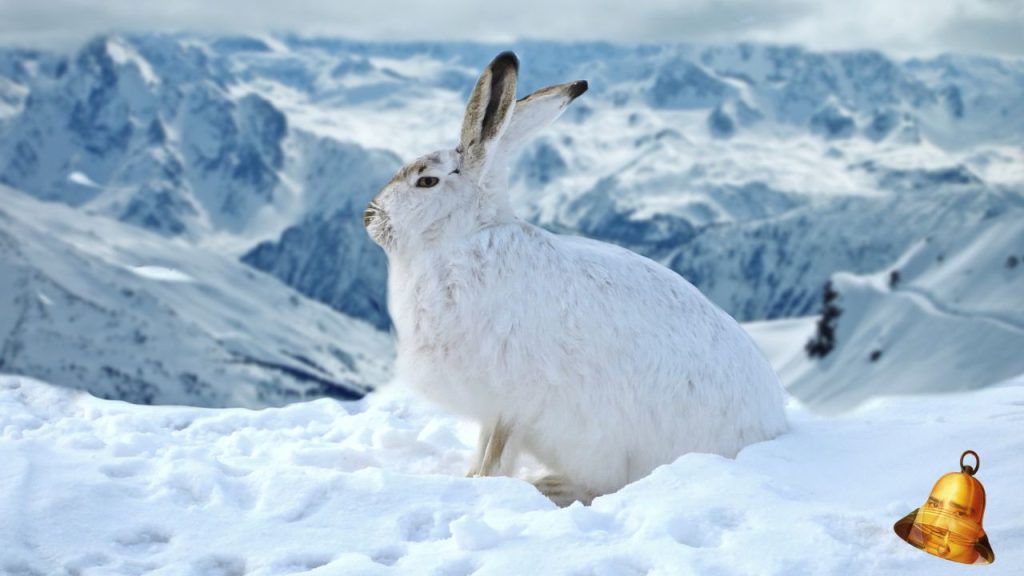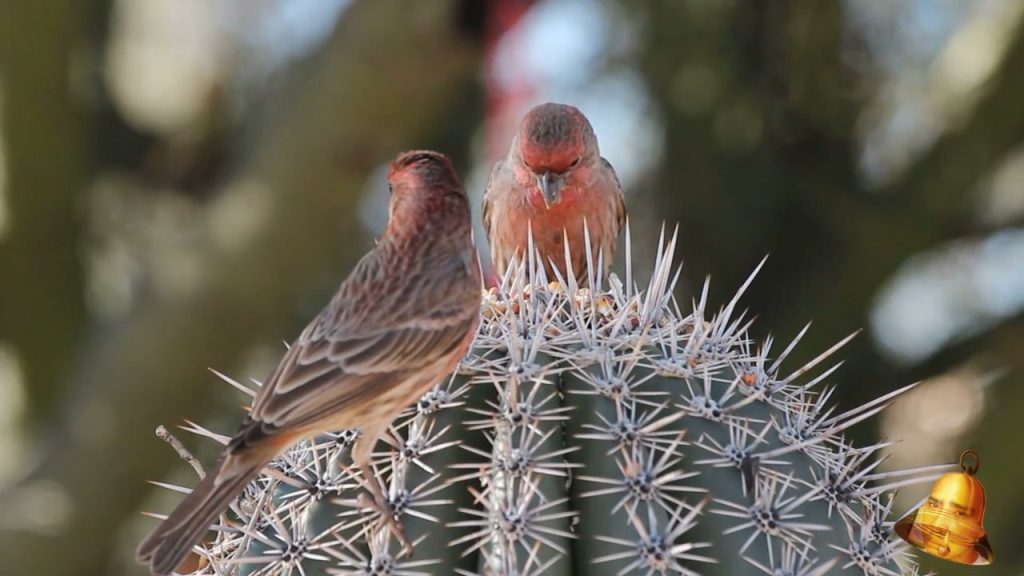Earth is teeming with diverse life, from tiny plants on the forest floor to large predators at the top of the food chain. Each living thing faces unique environmental challenges, such as extreme temperatures, competition for resources, and ever-lurking predators. To survive and reproduce, organisms develop specialized strategies.
One of the most fascinating strategies is morphological adaptation, the change in physical form that allows living things to adapt to environmental conditions. From the thick fur of polar bears to the long beaks of hummingbirds, morphological adaptation plays a crucial role in evolution and ecosystem balance. This article explores the concept of morphological adaptation, its types, the processes that occur, and its impact on life on our planet.
Understanding Morphological Adaptation
Morphological adaptation is a gradual change in an organism's physical structure or form through the process of natural selection. This change occurs because individuals with certain physical characteristics have a greater chance of survival and producing offspring. Over time, superior physical characteristics accumulate within a population, resulting in a species that is increasingly suited to its habitat.
Morphological adaptations are often readily apparent. For example, the thick leaves of a cactus indicate its ability to store water, while spines protect the plant from herbivores. Similarly, pelicans have large beak pouches for holding fish. These variations in shape reflect specific environmental pressures.
Types of Morphological Adaptation
Adaptation Based on How to Get Food

- The hummingbird's long, slender beak makes it easy to suck nectar from flowers.
- The canine teeth of carnivores such as lions enable them to tear the flesh of their prey.
- The long, fibrous roots of desert plants reach water reserves deep below the surface
Adaptation Based on Habitat

- The thick layer of fat and white fur on polar bears helps insulate the body in cold temperatures while also providing camouflage in the snow.
- Leaves that shrink into spines on cacti reduce water evaporation in dry environments.
- The flat body of the stingray allows it to hide in the sandy bottom to avoid predators.
The Role of Morphological Adaptation in Life
In Animals

Morphological adaptations provide animals with unique abilities to meet their needs. Horses, with their long, powerful legs, can move quickly across grasslands, increasing their chances of finding food and avoiding predators. Chameleons rely on color-changing skin to blend in with the background and avoid predators. Whales, with their large flippers, swim efficiently in the vast oceans, maximizing their foraging range.
In Plants

Plants modify their body structures to cope with environmental challenges. The large leaves of tropical rainforest ferns maximize light absorption beneath the tree canopy. The aerial roots of epiphytic plants attach to other trees for support and rainwater. Cacti store water in their thick stems, protect themselves with spines, and reduce leaf surface area.
The Process of Morphological Adaptation

Natural selection favors individuals with the physical traits best suited to their environment. For example, rabbits in snowy regions with thicker fur have a better chance of survival than their relatives in warmer climates. This thicker fur is inherited, allowing the rabbit population to gradually adapt to cold conditions.
Mutations are random changes in genetic material that produce new variations. While most mutations are ineffective or even detrimental, some mutations create beneficial traits. Individuals with beneficial mutations are more likely to survive and pass on the gene.
When groups of organisms are separated by geographical barriers, such as mountains, wide rivers, or oceans, they adapt independently to local conditions. Birds on remote islands, for example, may develop specialized beaks to feed on seeds or insects unique to that region. Over time, this isolation can even lead to the formation of new species.
The Impact of Morphological Adaptation on Ecosystems

Through various morphological adaptations, ecosystems can accommodate a diverse number of species. This diversity is crucial for maintaining environmental stability, as each species plays a unique role in the food chain, nutrient cycles, and habitat regeneration.
Changes in body shape also affect the feeding-and-being-eaten relationship in ecosystems. Predators develop new strategies to pursue prey, while prey innovate ways to avoid them. This interaction maintains population balance, preventing one species from increasing to the point of disrupting ecosystem function.
Conclusion
Morphological adaptation is evidence of nature's ingenuity in adapting the body shape of living things to various environmental challenges. Through natural selection, genetic mutation, and geographic isolation, organisms develop physical traits that support survival and reproduction. Understanding morphological adaptation not only enriches our knowledge of evolution but also emphasizes the importance of preserving biodiversity for the balance of Earth's ecosystems.


